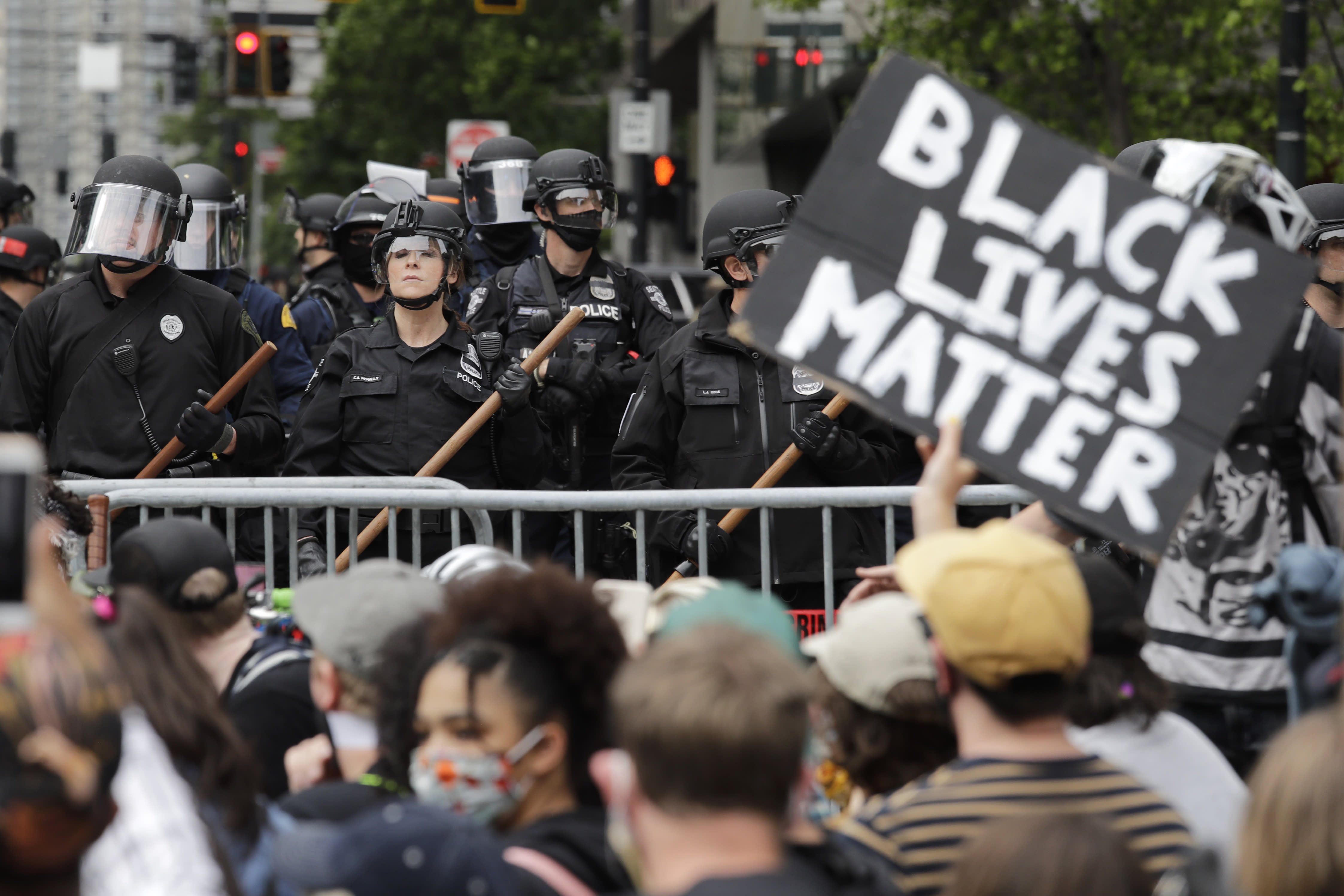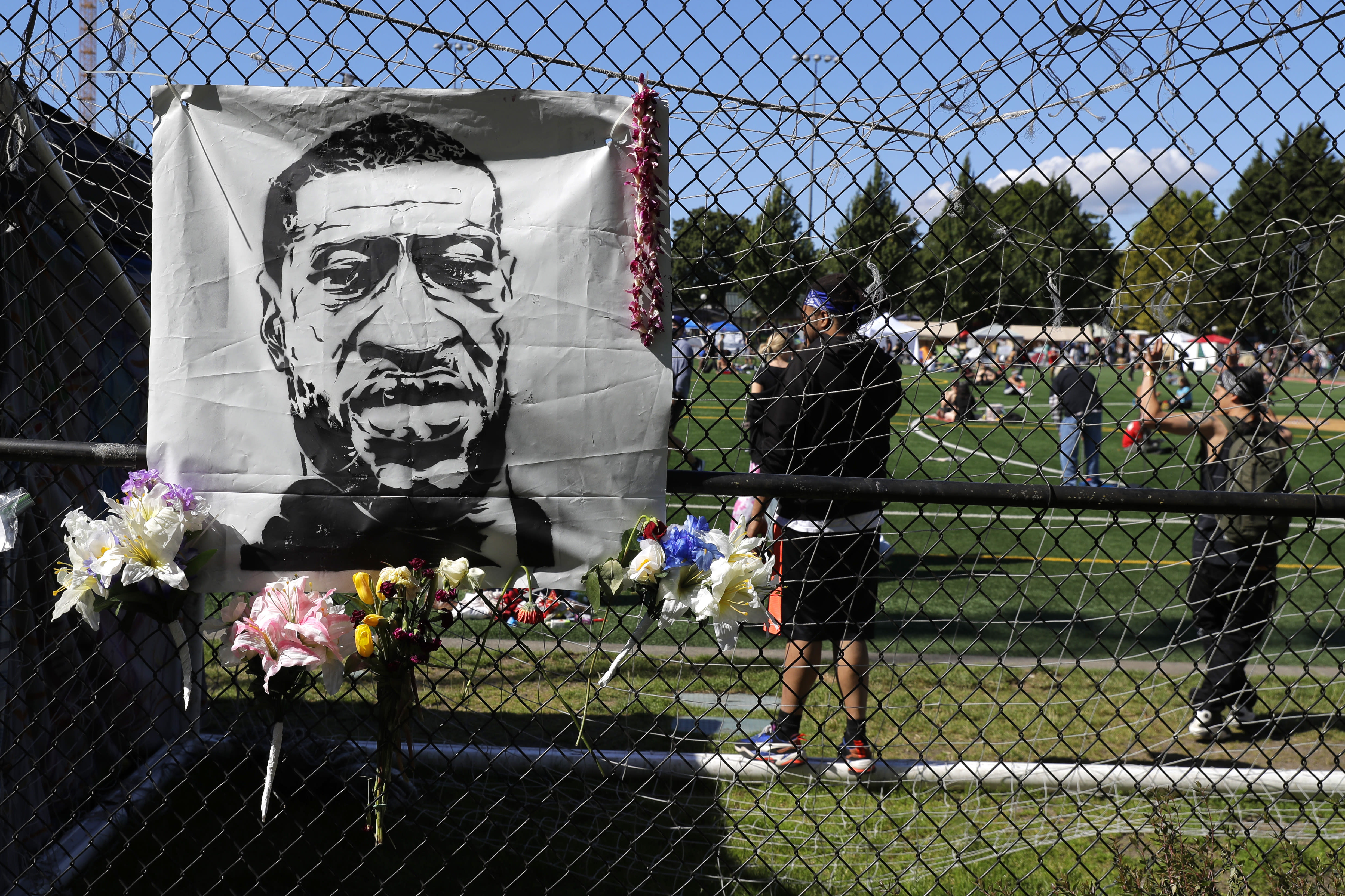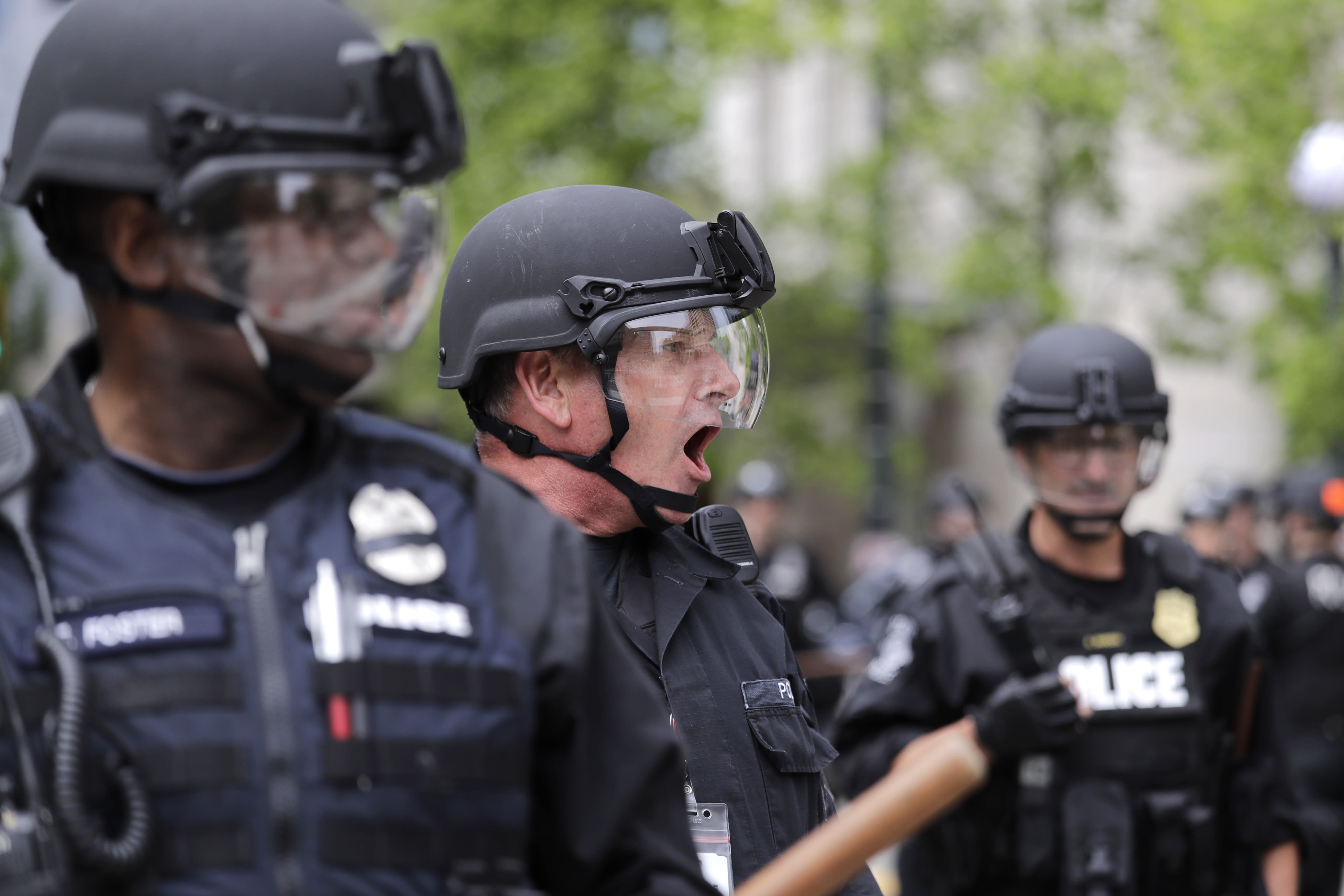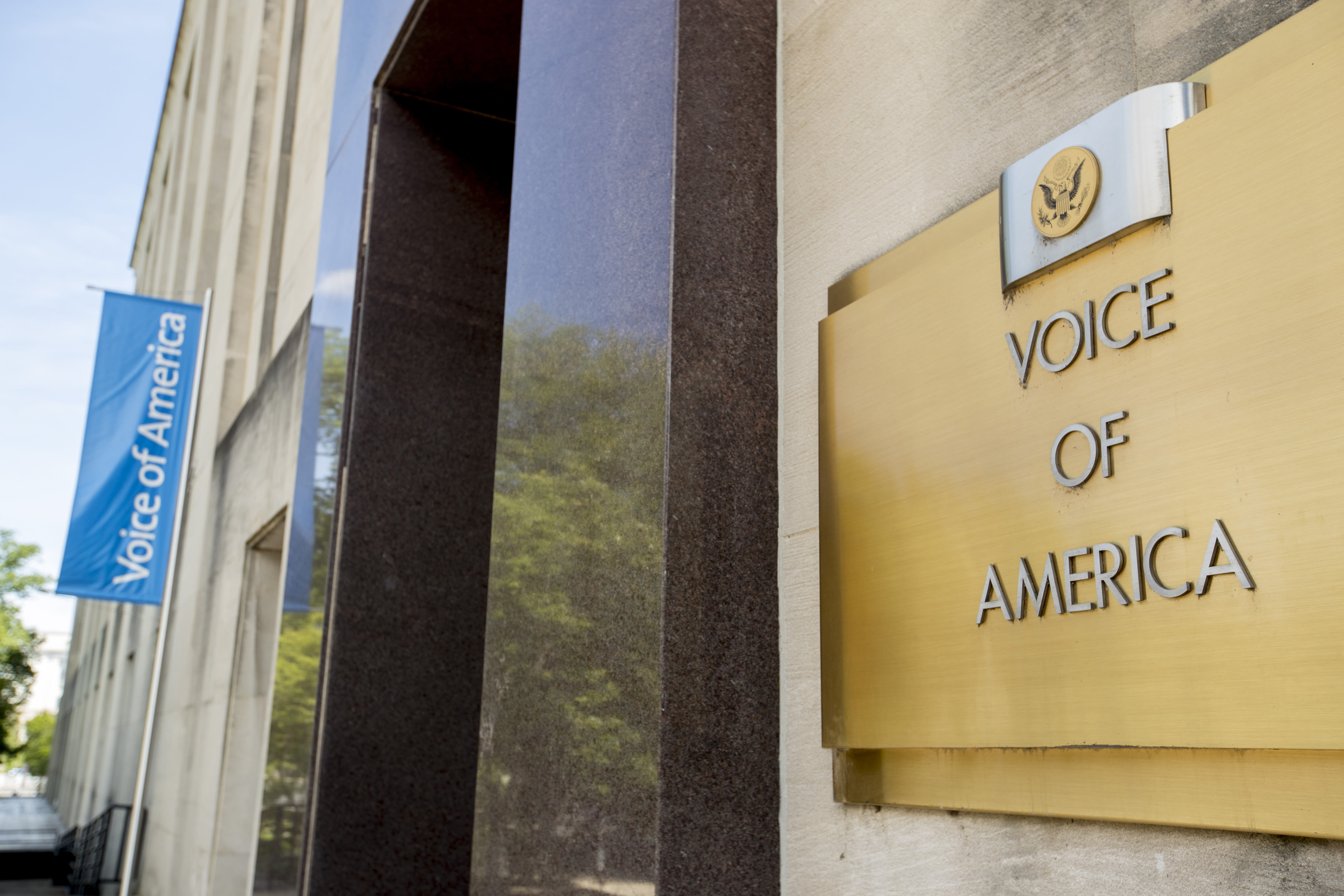Nicholas Wu, Courtney Subramanian, Bart Jansen, Tim Willert, and Savannah Behrmann,
USA TODAY•June 19, 2020
President Trump changes his MAGA rally date in Tulsa over Juneteenth choice
President Trump changes his MAGA rally date in Tulsa over Juneteenth choice
SUPER SPREADER EVENT
HUMAN SACRIFICE BY TRUMP TO WIN RE-ELECTION
TULSA, Okla. – About a mile away from the arena where President Trump will hold a Saturday rally, the Reverend Al Sharpton spoke to a field filled with people on the campus of Oklahoma State University - Tulsa, near where the city's infamous 1921 race massacre took place.
Sharpton, one of several speakers for this year’s Juneteenth celebration in Tulsa, said “they tell their children that Lincoln freed the slaves. The fact is the slaves freed Lincoln.” He also rejected claims that protesters for the Black Lives Matter movement were violent.
“We are not violent, we're fighting violence,” he said to the crowd.
Sharpton said Juneteenth needed to be a federal holiday, because “it's the first date this country stepped toward living up to the model that announced that all men were created equal.”
Several lawmakers have introduced legislation to make the day a holiday.

The Rev. Al Sharpton speaks during a Juneteenth celebration in Tulsa, Okla., on June 19, 2020, the day before President Donald Trump was scheduled to host a rally there.
“The president said he was coming on June 19,” Sharpton said to boos from the audience, who were watching in the rain, and slammed the president for admitting he did not know about Juneteenth.
He said that Trump's admission showed he was “not qualified” to represent the country as a head of state. Sharpton also called Trump “insensitive and isolated,” especially when “he was born and raised in New York, where two-thirds of New York is black and Latino.”
Earlier in the week, Trump claimed that "nobody had ever heard of" the June 19 holiday before the controversy surrounding his rally, which he originally scheduled to be on Juneteenth.
— Nicholas Wu, Courtney Subramanian, Savannah Behrmann
“The president said he was coming on June 19,” Sharpton said to boos from the audience, who were watching in the rain, and slammed the president for admitting he did not know about Juneteenth.
He said that Trump's admission showed he was “not qualified” to represent the country as a head of state. Sharpton also called Trump “insensitive and isolated,” especially when “he was born and raised in New York, where two-thirds of New York is black and Latino.”
Earlier in the week, Trump claimed that "nobody had ever heard of" the June 19 holiday before the controversy surrounding his rally, which he originally scheduled to be on Juneteenth.
— Nicholas Wu, Courtney Subramanian, Savannah Behrmann
Tulsa mayor lifts curfew ahead of Trump's rally
Tulsa officials have rescinded a curfew tied to President Donald Trump's controversial rally scheduled there Saturday in an extraordinary reversal that came after Trump spoke with the city’s mayor.
But in another update Friday night, Tulsa officials announced a police zone downtown for Secret Service and police to eject "individuals that are only present to break the law and disrupt the rights of people assembling peacefully."
"In lieu of the Executive Order, a secure zone has been established by the United States Secret Service in cooperation with the Tulsa Police Department and multiple law enforcement agencies," the department posted.
The reversal came hours before Trump was set to touch down for the pivotal campaign event. The president tweeted on Friday, “I just spoke to the highly respected Mayor of Tulsa, G.T. Bynum, who informed me there will be no curfew tonight or tomorrow for our many supporters attending the #MAGA Rally. Enjoy yourselves - thank you to Mayor Bynum!”
The move represented a reversal by Bynum, a Republican, who hours earlier imposed a curfew to cover Friday and Saturday nights based on projections that 100,000 people could attend and concerns about civil unrest.
The timing of that curfew represented a challenge to Trump rally attendees, many of whom have been lined up for days at the BOK Center in anticipation of the rally.

Tulsa Mayor G.T. Bynum speaks during a news conference at police headquarters in Tulsa, Okla., on June 17, 2020. President Donald Trump is scheduled to hold a rally Saturday in Tulsa.
Bynum said in a statement that he imposed the curfew Thursday at the request of Tulsa Police Chief Wendell Franklin, after consulting with the Secret Service and based on their intelligence. Bynum said the Secret Service asked the city Friday to lift the curfew.
“Today, we were told the curfew is no longer necessary so I am rescinding it," Bynum said.
Trump’s rally is being closely watched by supporters and critics because it is his first event since a rally in North Carolina in March during the early weeks of the coronavirus. Local health officials in Oklahoma had recommended against holding the massive indoor event for fear it could spread the virus further.
After the curfew was announced, Trump supporters lined up outside the 19,000-seat BOK Center were forced to move as city officials began setting up concrete barriers to section the area ahead of expected crowds of thousands who plan to attend.
Kelli Butler, 43, drove with her husband Dan and 13-year-old son Friday morning from Stillwell, about an hour southeast of Tulsa. Butler, who arrived at about 8:30 A.M. local time, said some of the groups, hovered under tents and seated in camping chairs, were told to move behind the barriers but were told their place in line would be honored.
– John Fritze, Nicholas Wu, Courtney Subramanian, Savannah Behrmann
Bynum said in a statement that he imposed the curfew Thursday at the request of Tulsa Police Chief Wendell Franklin, after consulting with the Secret Service and based on their intelligence. Bynum said the Secret Service asked the city Friday to lift the curfew.
“Today, we were told the curfew is no longer necessary so I am rescinding it," Bynum said.
Trump’s rally is being closely watched by supporters and critics because it is his first event since a rally in North Carolina in March during the early weeks of the coronavirus. Local health officials in Oklahoma had recommended against holding the massive indoor event for fear it could spread the virus further.
After the curfew was announced, Trump supporters lined up outside the 19,000-seat BOK Center were forced to move as city officials began setting up concrete barriers to section the area ahead of expected crowds of thousands who plan to attend.
Kelli Butler, 43, drove with her husband Dan and 13-year-old son Friday morning from Stillwell, about an hour southeast of Tulsa. Butler, who arrived at about 8:30 A.M. local time, said some of the groups, hovered under tents and seated in camping chairs, were told to move behind the barriers but were told their place in line would be honored.
– John Fritze, Nicholas Wu, Courtney Subramanian, Savannah Behrmann
State Supreme Court denies challenge to rally
The Oklahoma Supreme Court on Friday denied a request for a temporary injunction to block the BOK Center in Tulsa from hosting President Donald Trump's campaign rally Saturday.
The justices cited a lack of any mandatory language in the state's reopening plan, which provides social distancing guidelines for entertainment venues.
Attorneys in Tulsa filed a lawsuit earlier this week on behalf of two businesses and two residents to stop ASM Global, which manages the 19,000-seat arena, from hosting the rally "to protect against a substantial, imminent and deadly risk to the community."
They argued the rally should be prohibited because it would act as a "spreader" event for the transmission of the COVID-19 virus. Paul DeMuro, a lawyer who brought the case, said the goal was to enforce Centers for Disease Control and Prevention guidlines.
“The only winner today is the virus. The virus won," DeMuro said. "Our lawsuit didn’t fail. Our local leaders failed us.”
The petition cited a rise in documented cases of COVID-19 in Tulsa County, which have spiked in recent days. Oklahoma set a new state record for case increases in a single day on Thursday, confirming 450 new cases. The state added 352 new cases on Friday, giving it 802 new cases in two days.
"Despite this alarming uptick ... ASM Global plans to host an event that will bring tens of thousands of people into an enclosed area in downtown Tulsa ... without putting precautions in place to prevent the spread of the virus," the petition stated.

James Massery, left, of Preston, Okla., and Daniel Hedman, of Tulsa, Okla., supporters of President Donald Trump, camp outside the BOK Center in Tulsa on Tuesday, June 16, 2020, four days before his scheduled rally Saturday.
"All credible, qualified medical experts, including the CDC, agree that this type of mass-gathering indoor event creates the greatest possible risk of community-wide viral transmission."
The Trump campaign said it will check attendees temperature as they come in, provide hand sanitizer and issue masks but not require they be worn. Tickets to the rally come with a liability waiver that says the campaign or other parties associated with the event cannot be held liable for exposure to the coronavirus.
In addition, the BOK Center will provide personal protective gear to event staff, periodically clean and disinfect the arena during the rally, and install plexiglass partitions at all concessions stands.
Oklahoma Republican Gov. Kevin Stitt said earlier this week that people concerned about the spread of COVID-19 at the rally should stay home.
– Tim Willert, The Oklahoman
"All credible, qualified medical experts, including the CDC, agree that this type of mass-gathering indoor event creates the greatest possible risk of community-wide viral transmission."
The Trump campaign said it will check attendees temperature as they come in, provide hand sanitizer and issue masks but not require they be worn. Tickets to the rally come with a liability waiver that says the campaign or other parties associated with the event cannot be held liable for exposure to the coronavirus.
In addition, the BOK Center will provide personal protective gear to event staff, periodically clean and disinfect the arena during the rally, and install plexiglass partitions at all concessions stands.
Oklahoma Republican Gov. Kevin Stitt said earlier this week that people concerned about the spread of COVID-19 at the rally should stay home.
– Tim Willert, The Oklahoman

TULSA, OKLAHOMA - JUNE 19: Supporters of U.S. President Donald Trump sleep in the early morning while lined up to attend the campaign rally of U.S. President Donald Trump near the BOK Center, site of tomorrow's rally, June 19, 2020 in Tulsa, Oklahoma. Trump is scheduled to hold his first political rally since the start of the coronavirus pandemic at the BOK Center on Saturday while infection rates in the state of Oklahoma continue to rise. (Photo by Win McNamee/Getty Images) ORG XMIT: 775525014 ORIG FILE ID: 1250658372
Trump campaign: Hope any protests are peaceful
A Trump campaign spokesman said Friday peaceful protests are common around the president’s rallies, but that officials hope the latest event in Tulsa on Saturday doesn’t become as violent as protests for racial justice in other cities.
Trump tweeted Friday that “protesters, anarchists, looters or lowlifes” won’t be treated like in New York, Seattle or Minneapolis, but that Tulsa will “be a much different scene!”
Civil-rights advocates have argued that Trump lumped peaceful protesters, who have a First Amendment right to protest, with the violent rioters. Marc Lotter, the director of strategic communications for the Trump 2020 campaign, told MSNBC that the campaign hopes the protests remain peaceful.
“Well, I think if they’re peaceful and if they’re agitating and getting into the violence and other things that will be a different story,” Lotter said. “But we normally have peaceful protests going on around our rallies. And we would hope that anybody that’s coming in from out of town would continue to honor that peaceful tradition in our country and not go to violence.”
Lotter also said the campaign is providing masks for attendees, but wouldn’t mandate they be worn because people are free to make their own decisions.
“Well, we’re making the masks available and we encourage anyone who wants to wear one to be able to do so,” Lotter said. “But we also understand that this is an individual choice. And that people have a right to make the decision for themselves whether they want to come to the rally, whether they want to come inside, whether they want to be outside and also if they want to wear a mask. This is a risk that people know and that they are free to make the decisions that best reflect their needs, their desires and their own personal health.”
–Bart Jansen, USA TODAY
Trump threatens Tulsa protesters on rally eve
President Donald Trump threatened to crack down on protesters expected to show up at his campaign rally in Tulsa, Okla., on Saturday, the first such event since the coronavirus pandemic sidelined his campaign schedule.
“Any protesters, anarchists, agitators, looters or lowlifes who are going to Oklahoma please understand, you will not be treated like you have been in New York, Seattle, or Minneapolis,” Trump tweeted on Friday. “It will be a much different scene!”
Kayleigh McEnany, the White House press secretary, said Trump was referring to "destructive" protesters, noting that buildings have been burned, looted, and vandalized during recent demonstrations against police brutality.

President Donald Trump announces an executive order on police policy June 16 in Washington.
"These things are unacceptable," she said. "And we will not see that in Oklahoma."
The president’s tweet came hours after Tulsa mayor G. T. Bynum imposed a curfew, citing expected rally crowds of more than 100,000, planned protests and the civil unrest that has already erupted in the city and around the nation this month.
Trump drew widespread and bipartisan criticism for his last interaction with protesters, when U.S. Park Police and other law enforcement agencies used force to clear Lafayette Square near the White House so the president could pose with a Bible in front of the historic St. John’s Church.
The latest threat also drew fire.
William Kristol, former editor of The Weekly Standard, posted on Twitter that the constitutional right "of protesters are the same in Tulsa as elsewhere in the US. So are the 1A rights of Trump supporters. It's up to OK and Tulsa authorities to follow the law and protect all citizens. But what Trump's doing is inciting his followers to extra-legal action."
Senate Minority Leader Charles Schumer, D-N.Y., accused Trump of "threatening peaceful protesters standing up for justice."
–John Fritze, USA TODAY
Police: Threats to Trump rally from social media
Concerns among Tulsa officials about the potential for violence outside Trump's rally Saturday appeared to come from social media postings, according to Tulsa police.
Jeanne Pierce, a Tulsa Police Department spokesperson, told USA TODAY the city's information on threats came from social media postings on sites like Twitter, Facebook, and Craigslist. Pierce cited posts on Craigslist that urged people to come to Tulsa and make trouble or for people infected with COVID-19 to attend and expose others to the sometimes fatal illness. At least some of the posts have been confirmed fake.
They "don’t know if they’re hoaxes or they’re true but it’s a precautionary measure,” Pierce explained.
Asked about the mayor's estimate of over 100,000 people at the rally, Pierce said the numbers were what the White House press office had told the city, factoring in the 19,1990-person capacity of the arena and the overflow capacity outside.
– Nicholas Wu, USA TODAY
Curfew imposed ahead of rally
The mayor of Tulsa, Oklahoma, imposed a curfew ahead of President Donald Trump's campaign rally there, prompting officers to move out supporters who had been camping out in front of the arena.
Mayor G. T. Bynum announced the order Thursday evening, citing the expected crowds of more than 100,000, the planned protests and the civil unrest that has already erupted in the city and around the nation this month.
Bynum also said he's received information from the Tulsa Police Department and other law enforcement agencies "that shows that individuals from organized groups who have been involved in destructive or violent behavior in other states are planning to travel to the City of Tulsa for purposes of causing unrest in and around the rally."
FAKE A LIE BY THE COPS
https://plawiuk.blogspot.com/2020/06/cops-most-deranged-lies-and-bizarre.html
Bynum said the order is needed to protect health and safety and preserve lives and property.
The curfew of parts of the city's downtown started at 10 p.m. Thursday and is in effect until 6 a.m. Saturday. It begins again at the conclusion of Trump's rally and continues into Sunday morning.
“Big crowds and lines already forming in Tulsa,” Trump tweeted Friday morning, hours after the curfew went into effect.
Big crowds and lines already forming in Tulsa. My campaign hasn’t started yet. It starts on Saturday night in Oklahoma!
— Donald J. Trump (@realDonaldTrump) June 19, 2020
He also issued this warning: "Any protesters, anarchists, agitators, looters or lowlifes who are going to Oklahoma please understand, you will not be treated like you have been in New York, Seattle, or Minneapolis. It will be a much different scene!"
Trump supporters began lining up outside the BOK Center days in advance of the rally.
"Sacrificing a week of our lives is nothing for what Trump has done for us," Robin Stites, who arrived on Monday to secure the No. 2 place in line, told the The Oklahoman earlier this week. YOU WILL BE SACRIFICING MORE THAN THAT IF YOU GET COVID-19
IF RE-ELECTED THIS WILL BE THE FLAG OF THE USA

Trump supporter Randall Thom waves a giant Trump flag to passing cars outside the BOK Center June 18, 2020 in Tulsa, Oklahoma. Trump is scheduled to hold his first political rally since the start of the coronavirus pandemic at the BOK Center on Saturday while infection rates in the state of Oklahoma continue to rise.
In a Facebook post Thursday evening, the Tulsa Police Department said anyone in violation of the mayor's executive order will be asked to leave the area. Those who refuse may be cited or arrested.
In addition to the curfew, the order bans Molotov cocktails or other combustible devices.
"This is an unprecedented event for the City of Tulsa and has hundreds of moving parts," the post said. "We are asking for everyone’s help in making this a safe event for all citizens."
More: Health experts fear Trump's campaign rally in Tulsa could turn into a coronavirus 'super spreader' event
More: Oklahoma coronavirus cases surge, hospitalizations rise ahead of Trump's Tulsa rally
Oklahoma City festival postponed for COVID-19
Organizers of an Oklahoma City celebration of Black culture postponed the event Friday because of concerns about gathering crowds during a time when the number of COVID-19 cases is surging in the state.
The Plaza District in the city had scheduled a half-dozen events during the weekend collectively called “Solidarity in the Plaza: Black Lives Matter,” to showcase Black artists, vendors, filmmakers and performers.
But the event that coincided with Juneteenth on Friday was expected to draw 10,000 people at a time when health officials have warned that any large gatherings could spread the coronavirus pandemic.
"We're crushed. We were so excited to do something that felt important and like a celebration and artistic. But we just have to put safety and public health first," Selena Skorman, the Plaza District’s executive director, told The Oklahoman. "We are definitely going to reschedule."
The number of state cases of COVID-19 rose by 450 on Thursday, in a surge beyond the 259 infections reported Wednesday.
“You can’t say Black Lives Matter and then put the lives of those who are most vulnerable to the disease at risk,” Chaya Fletcher, one of the Plaza District event organizers, said in a statement. “Black people have been disproportionately affected by COVID and it is our responsibility to not contribute to the increase in those numbers.”
– Brandy McDonnell, The Oklahoman
This article originally appeared on USA TODAY: Trump Tulsa rally: Sharpton slams president at Juneteenth celebration
In a Facebook post Thursday evening, the Tulsa Police Department said anyone in violation of the mayor's executive order will be asked to leave the area. Those who refuse may be cited or arrested.
In addition to the curfew, the order bans Molotov cocktails or other combustible devices.
"This is an unprecedented event for the City of Tulsa and has hundreds of moving parts," the post said. "We are asking for everyone’s help in making this a safe event for all citizens."
More: Health experts fear Trump's campaign rally in Tulsa could turn into a coronavirus 'super spreader' event
More: Oklahoma coronavirus cases surge, hospitalizations rise ahead of Trump's Tulsa rally
Oklahoma City festival postponed for COVID-19
Organizers of an Oklahoma City celebration of Black culture postponed the event Friday because of concerns about gathering crowds during a time when the number of COVID-19 cases is surging in the state.
The Plaza District in the city had scheduled a half-dozen events during the weekend collectively called “Solidarity in the Plaza: Black Lives Matter,” to showcase Black artists, vendors, filmmakers and performers.
But the event that coincided with Juneteenth on Friday was expected to draw 10,000 people at a time when health officials have warned that any large gatherings could spread the coronavirus pandemic.
"We're crushed. We were so excited to do something that felt important and like a celebration and artistic. But we just have to put safety and public health first," Selena Skorman, the Plaza District’s executive director, told The Oklahoman. "We are definitely going to reschedule."
The number of state cases of COVID-19 rose by 450 on Thursday, in a surge beyond the 259 infections reported Wednesday.
“You can’t say Black Lives Matter and then put the lives of those who are most vulnerable to the disease at risk,” Chaya Fletcher, one of the Plaza District event organizers, said in a statement. “Black people have been disproportionately affected by COVID and it is our responsibility to not contribute to the increase in those numbers.”
– Brandy McDonnell, The Oklahoman
This article originally appeared on USA TODAY: Trump Tulsa rally: Sharpton slams president at Juneteenth celebration




 NYPD officers stand in formation as nearby demonstrators hold an anti-racism rally in Times Square, June 1, 2020, in New York City. Scott Heins/Getty Images NOT WEARING MASKS WAS ILLEGAL AT THE TIME IN THE CITY AND STATE.
NYPD officers stand in formation as nearby demonstrators hold an anti-racism rally in Times Square, June 1, 2020, in New York City. Scott Heins/Getty Images NOT WEARING MASKS WAS ILLEGAL AT THE TIME IN THE CITY AND STATE.







 gettyimages-1248266122.jpg
gettyimages-1248266122.jpg









